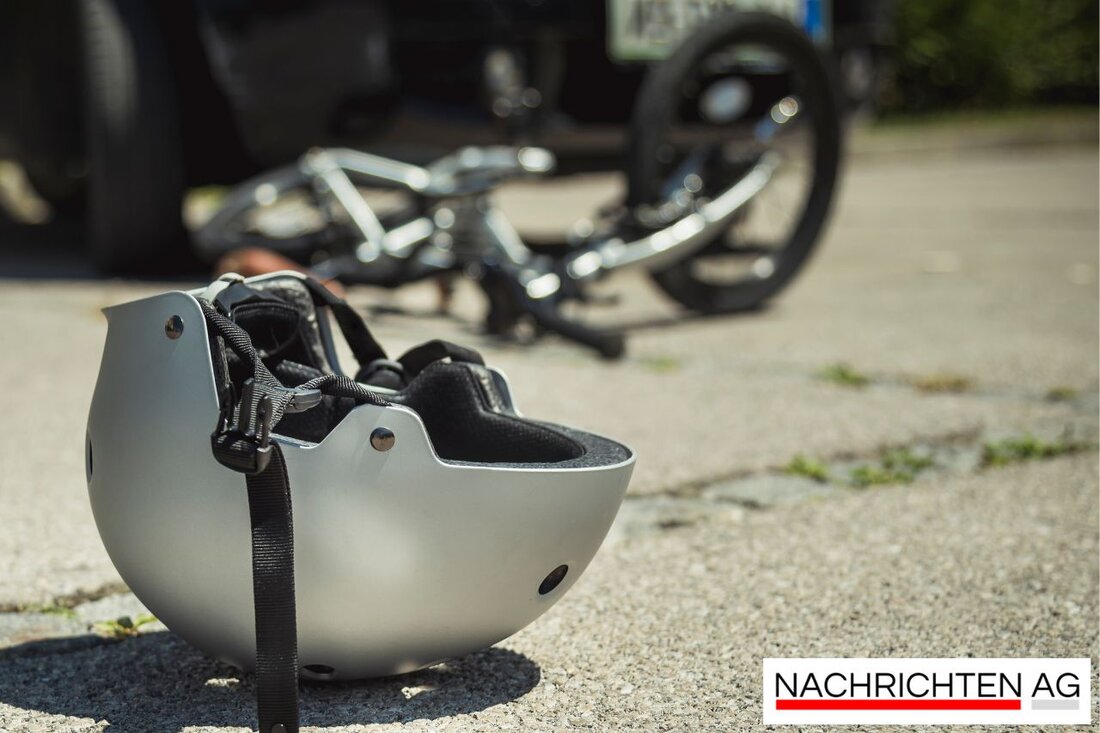Vienna: On the way to the bicycle metropolis - ring road becomes innovative!

Vienna: On the way to the bicycle metropolis - ring road becomes innovative!
Innere Stadt, Österreich - Vienna, the city of impressive history and culture, faces the challenge of keeping up at an international level in the area of traffic. Despite its many advantages, such as the breathtaking Ringstraße every day and most of the tourists and significant sights And houses the Hofburg, Vienna shows that compared to cities such as Amsterdam and Copenhagen still needs to catch up on the use of environmentally friendly transport.
Currently the Viennese are increasingly relying on the environmental association: Almost 74% of all ways are already covered by public transport, on foot or by bike, as a current survey of the Viennese lines shows. This proportion has increased remarkably, from 63% in 2000 to 74% in 2023. In addition, the cycle traffic share has been established for the first time in the double -digit range, which can be seen as a success in recent years. But the city does not stop: innovative projects should further improve the areas for pedestrians and cyclists in order to achieve the required climate goals.
sustainable mobility of the future
Vienna actively turns to sustainability and has set itself the goal of being climate -neutral by 2040. The area of mobility plays a crucial role in this. The city enthusiastically pursues the plan to promote the conditions for sustainable means of transport. These measures include the expansion of public transport, such as the upcoming expansion of the U2 and U5 subway lines as well as new tram lines.
A particularly innovative project is the creation of Wienmobil stations, which offer the citizens 3,000 bikes and 100 electric cars for loan. The bicycle infrastructure is also consistently improved: in 2022, 17 kilometers of new bike paths have already been created, and 20 kilometers are planned for 2023. Particular attention is paid to the creation of Vienna's first mega bike highway in Praterstrasse.
commute in and around Vienna
What about the commuters? This shows a gratifying trend: in 2022 29% more people use the train and buses compared to 2010. Nevertheless, a reduction in motorized private transport is urgently necessary, since it has only increased slightly. Currently, 77% of commuters comprise the car as a means of transportation, which presents the city with challenges to reduce this traffic force. The city administration therefore set itself the goal of pressing the level of motorization from 375 to 250 cars per 1,000 inhabitants.
To support this, any possibility is also used to increase non-fossil mobility. After all, the proportion of non-fossil driven cars grew to 23% in new registrations, even if it went back slightly to 21% in 2023. The city's vision is clear: by 2030 the proportion of non-fossil vehicles should increase to 100%, supported by a comprehensive change in the city's fleet.
In total it can be seen that Vienna is on the right track to become a pioneer in the mobility of the 21st century through innovations and clever planning and thus not only position itself internationally not only in culture, but also in the traffic sector. Thanks to the cooperation with adjacent federal states and the use of intelligent transport systems, the city is determined to meet its high demands in mobility and thus make a decisive contribution to the environment and quality of life of its citizens.The possibilities are varied and the future is promising. With the right commitment, Vienna can quickly take the international pioneering position in traffic and pave the way to an environmentally friendly city of short distances. Continued!
| Details | |
|---|---|
| Ort | Innere Stadt, Österreich |
| Quellen | |
